Build Design Systems With Penpot Components
Penpot's new component system for building scalable design systems, emphasizing designer-developer collaboration.

UX Planet — Medium | Talebook
It is not the only designer’s role to take care of a good user experience. The thing that is just as important is bringing UX and business goals together, striking the right balance between those two, that is a key for the project’s success.

A first step of gathering informations about the product we’re working on should always be a stakeholder interview. No matter if our client is a huge corp, young start-up or just a small business — we can always find someone that is a valuable source of informations on the client side. Informations that will be our starting point for further actions.
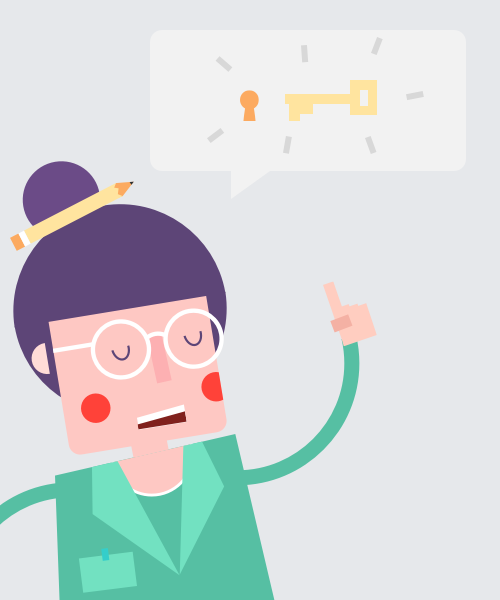 Deep interview with your client can save you a lot of time
Deep interview with your client can save you a lot of time
Client is very often an expert in the field we’re stepping into, therefore he sees a lot of issues and needs in the area of the project. Informations that we can get from that person are priceless for our work and let us to quite quickly familiarize with the topic.
Additional profit of interviewing a client is making a direct contact, getting to know him better and understanding his goals and expectations. It will help us to build a better relationship, which is super important for our project to succeed. If we want to have more independence on the next project’s phases, it is important to make our client sure, at the very beginning, that our main goal is to create the best possible final product.
So, how to prepare yourself for this extremely important interview?
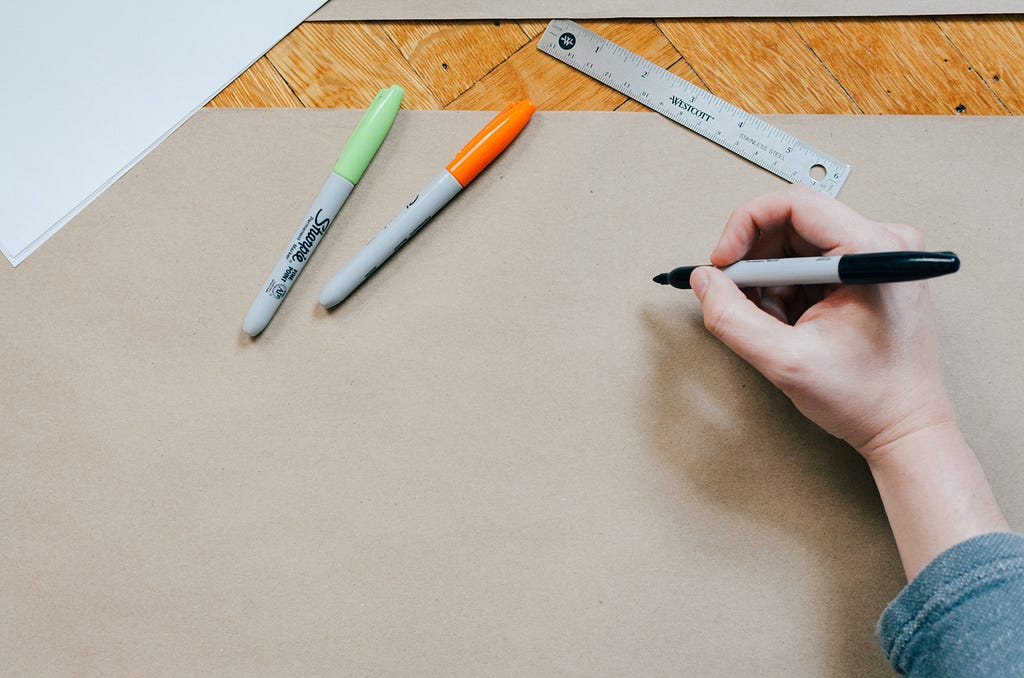
Before an interview you have to get to know the market that the project will operate on. Gain as many informations as possible about your client (or the product), his past, goals, mission. Do a research of similar companies on the market to see what are their advantages and — what is even more important — what are their weaknesses. If the company that you’re working on already have a live product, make sure to spend at least a few hours using it. Write down your thoughts and share them with your client during the interview. It will help you to determine your interview goals and ask the right questions.
You can categorize all informations gathered during the research phase into groups, like: hyphotesis, problems, data. The goals is, of course, not to become an expert in the field, which is impossible in that short time. Focus on the basics, that will enable you to have a natural conversation with the client using a language that is adequate to the industry and asking right questions.
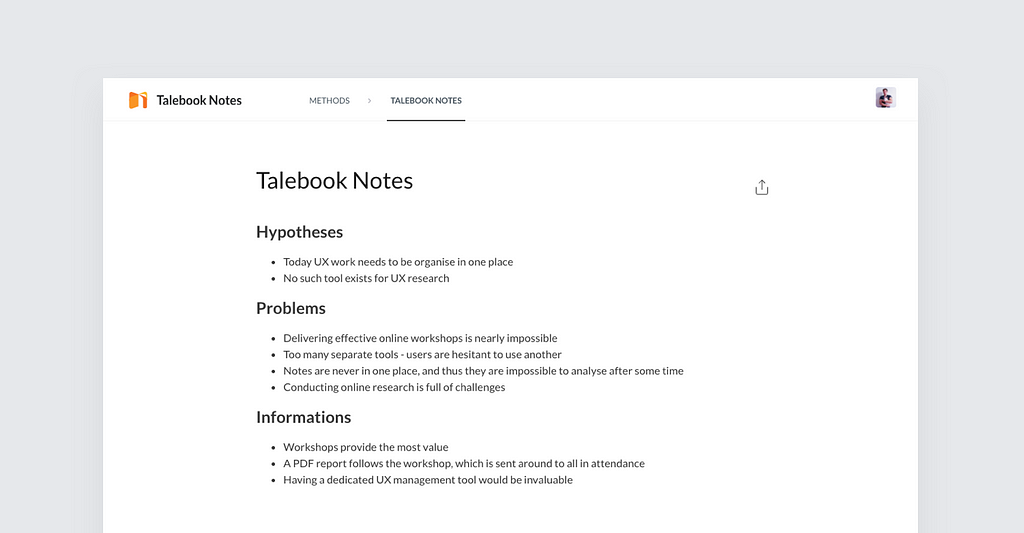
Without clearly established goals, it would be really hard to tell if the interview went well.

Write down the most important objectives. It can be elements such as:
Having your goals written down you can rephrase them into general, basic questions you need to get answers for during the interview. It will help you to create main, more specific questions for your interview, which I will talk more about later on.
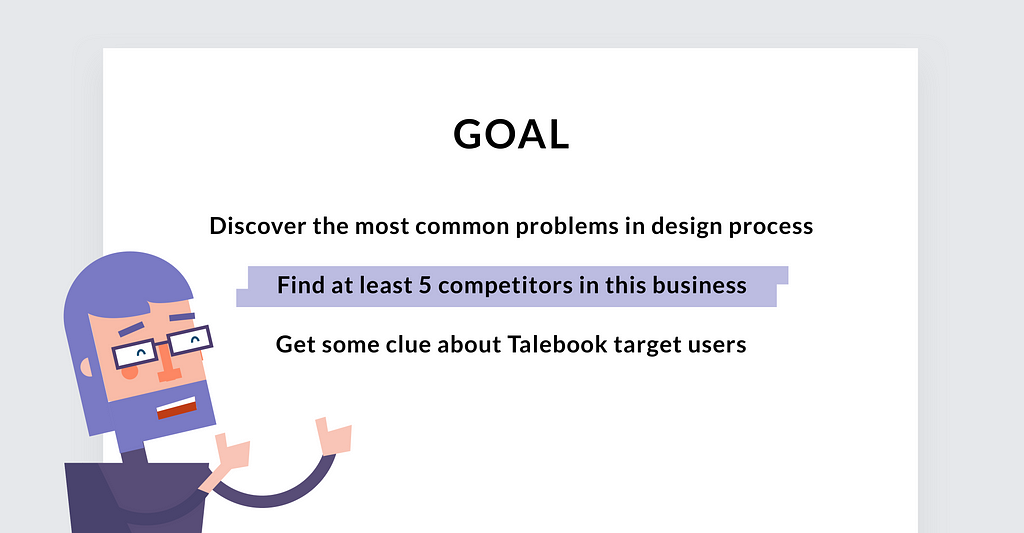
For an interview to succeed you need… an interviewee. In most cases the choice is simple — it’s normally from 1 to 2 founders that create the product.
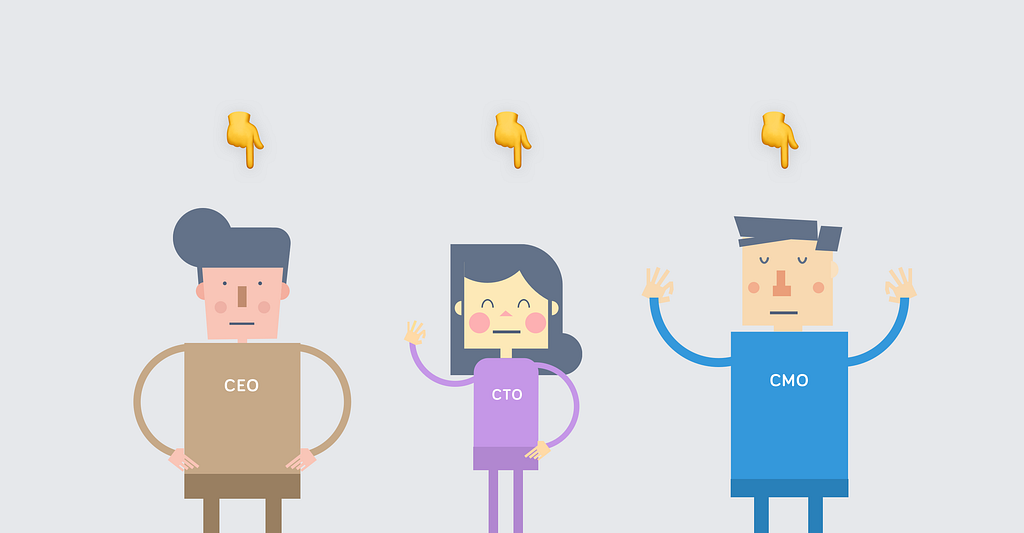
In bigger organisations choose up to 5 high-level employees, that represent different areas of the company, so you will have a broad spectrum of the project insights.
Remember that the interview should have a conversational nature, not checking off bullet points. It doesn’t mean though that we should be spontaneous and just let the discussion flow. Having prepared interview scenario we will be able to stay focus on our goals and get a high-quality feedback. To create such scenario you can use Talebook.io, and its embedded questions list.
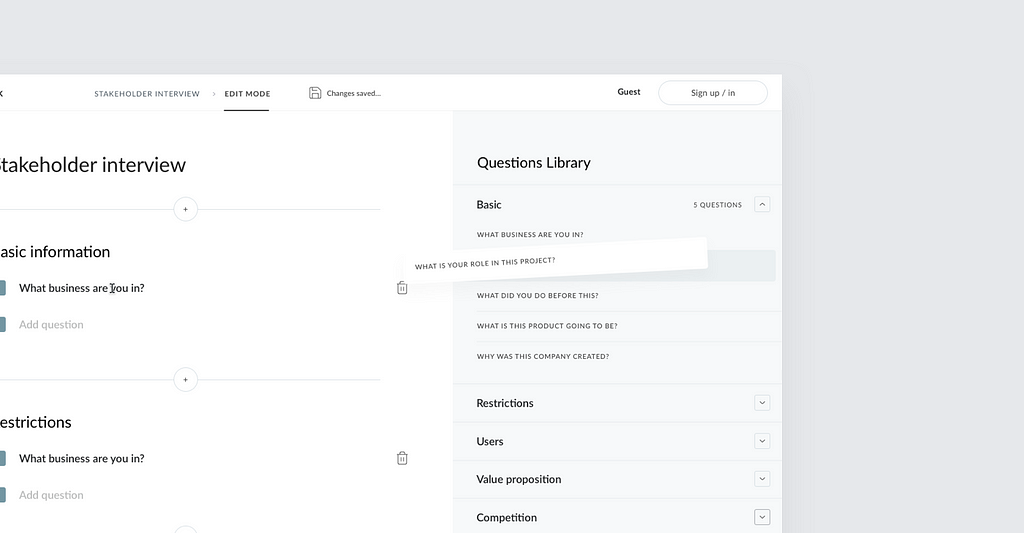
Always start an interview with a few — 3 to 5 — basic, overall questions about the person you’re interviewing. It will help you to break the ice and get to know a bit more about your client.
You can find a list of sample intro questions in “Basic” section in Talebook.
Sample basic questions.:
Once you have your goals determined and some general questions, add to each of those a couple of more specific questions that you will ask the client. With a help of this list you will be able to remain in control of the interview, even if the person you’ll talk to will turn out to be an enthusiast of a long and complicated stories, not necessarily related to the question asked.
Remember that your behaviour and attitude will be reflected in a quality of the feedback you will get. When you will be well prepared for an interview, it will be easier for you to stay calm and confident.
Using Talebook you can just open the Question List in “Edit” section and choose those questions that fit your interview. Of course you can — and even you should — add a few more questions prepared specifically for the project you work on.

Goal: Getting to know the area the project will operate on.
Sample questions
A few basic rules for preparing questions for an interview:
When you’re all set with question list and basic rules to conduct an interview, now it’s time use them in practice. Now you should ask yourself how you will collect gathered informations. Not paying attention to the person you talk to because of writing down notes is definitely something to avoid.
Here’s a few ideas on how to manage that:
 This is how we did it in Talebook
This is how we did it in Talebook
Invite another person for an interview that will help you making notes. It will let you focus on an interview, having detailed notes in the same time. Just make sure to have at least a sheet of paper for yourself — in case you would like to write down your observations during the interview.
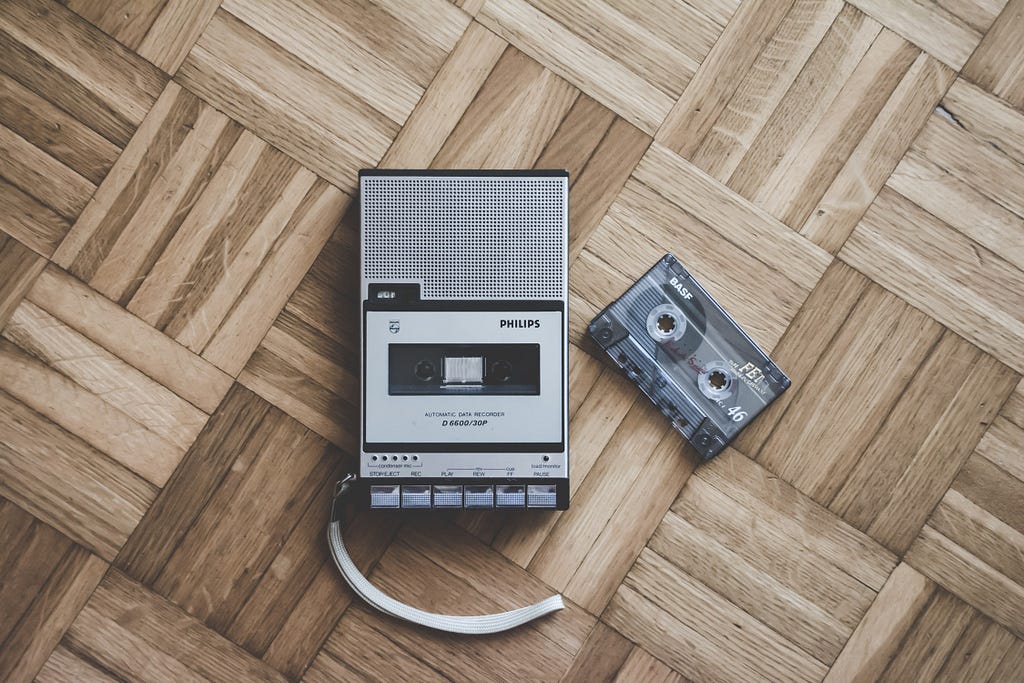
Another way is to record an interview. It will allow you to keep the whole interview archived and you will be able to get back to it later. Also, while analysing recordings you can notice some non-verbal aspects of answers you get — not only opinions but also your client’s emotions towards particular aspects of the project.
Remember to always ask for the permission to record an interview and inform the person interviewed about its purpose.
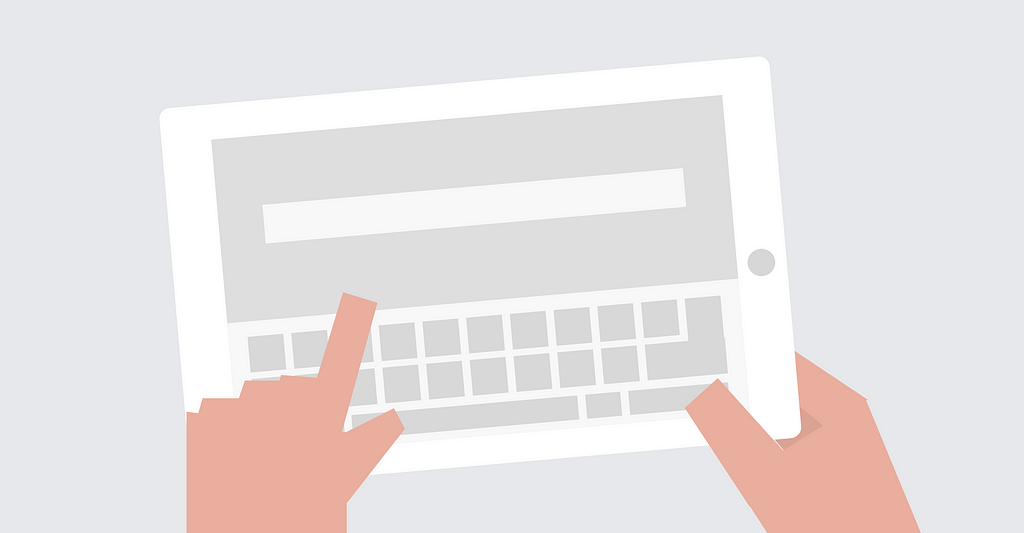
If you will decide to stick with making notes by yourself, it will be better if you’ll choose a smaller device, such as iPad. That way you will avoid an effect of being separated form the person you’re interviewing, and it will be easier for you to stay focused. Also remember to switch on “do not disturb” mode to keep away any distractors!
You can make notes during an interview directly in Talebook. Then you will be able to share them with your collaborators and get back to them in further steps of the project work.
Here’s a few tips on conducting an interview:
A stakeholder interview is just a beginning of a long, bumpy road of project work. Make sure that from the very beginning you conduct this process carefully, and that from the first stage of it your work is well organised, planned and documented. For all that you can use the tool dedicated specifically for those purposes, that is Talebook.io, which will support your work through the whole UX process.
How to understand your clients? Guide to Stakeholder Interview. was originally published in UX Planet on Medium, where people are continuing the conversation by highlighting and responding to this story.
AI-driven updates, curated by humans and hand-edited for the Prototypr community